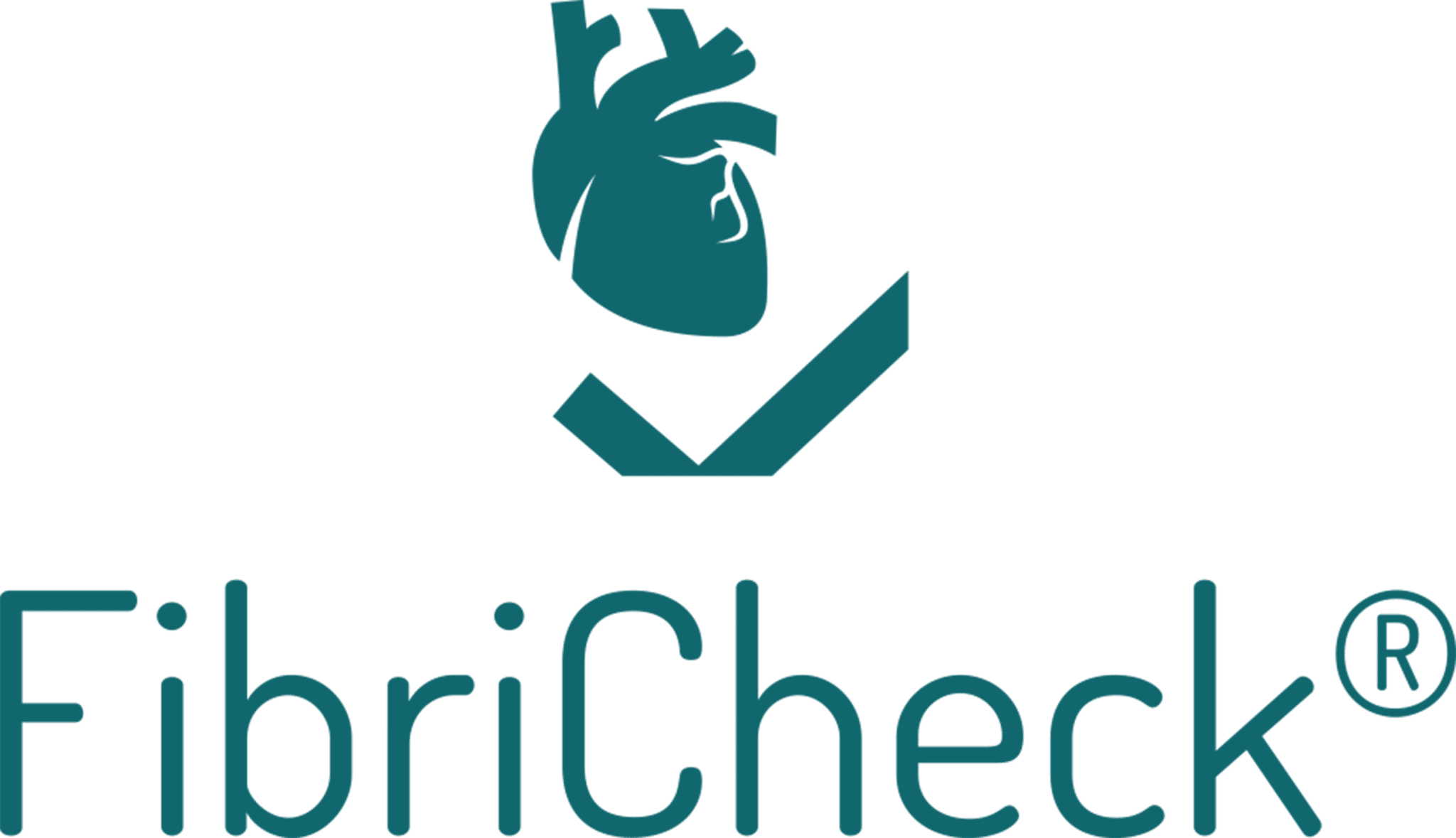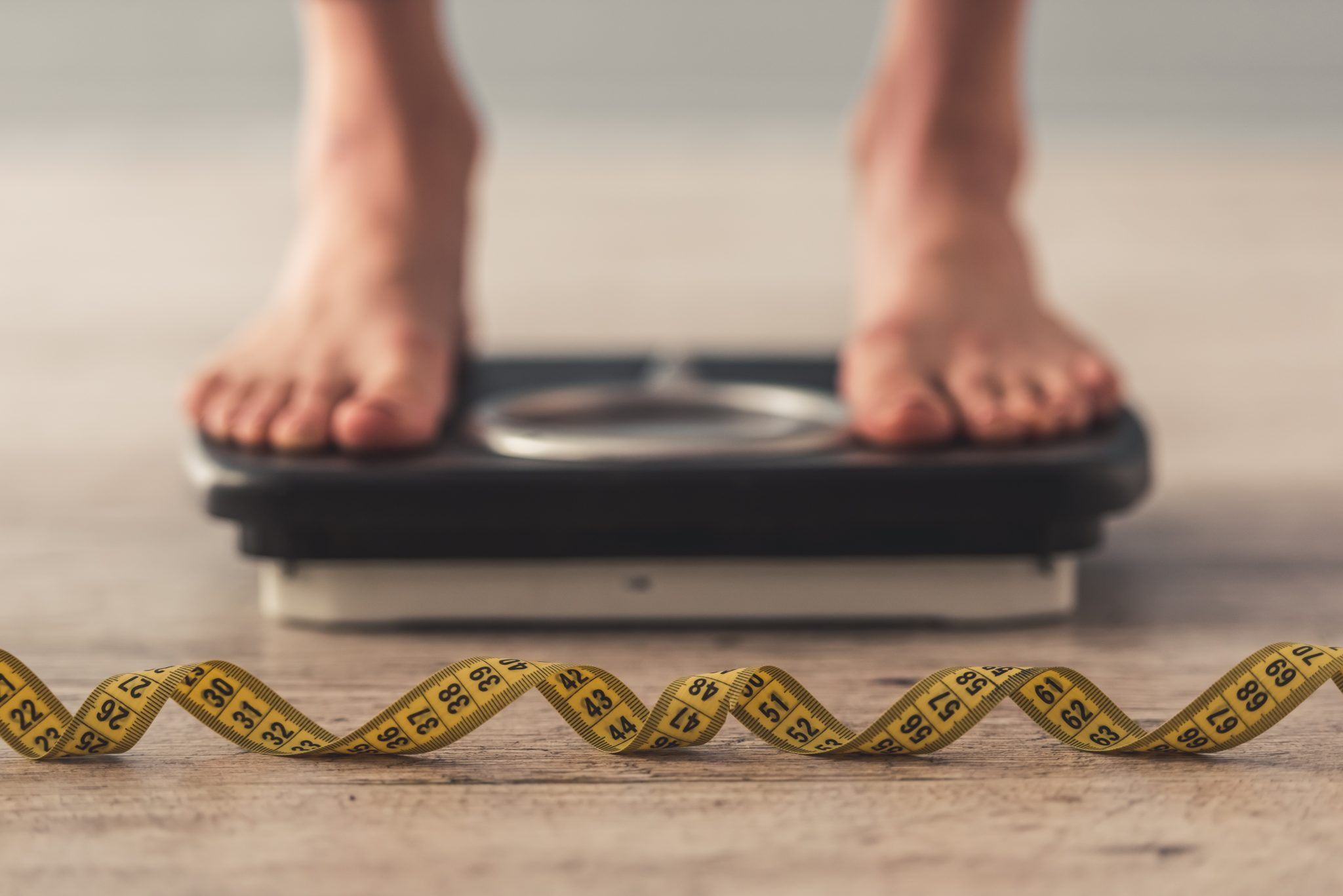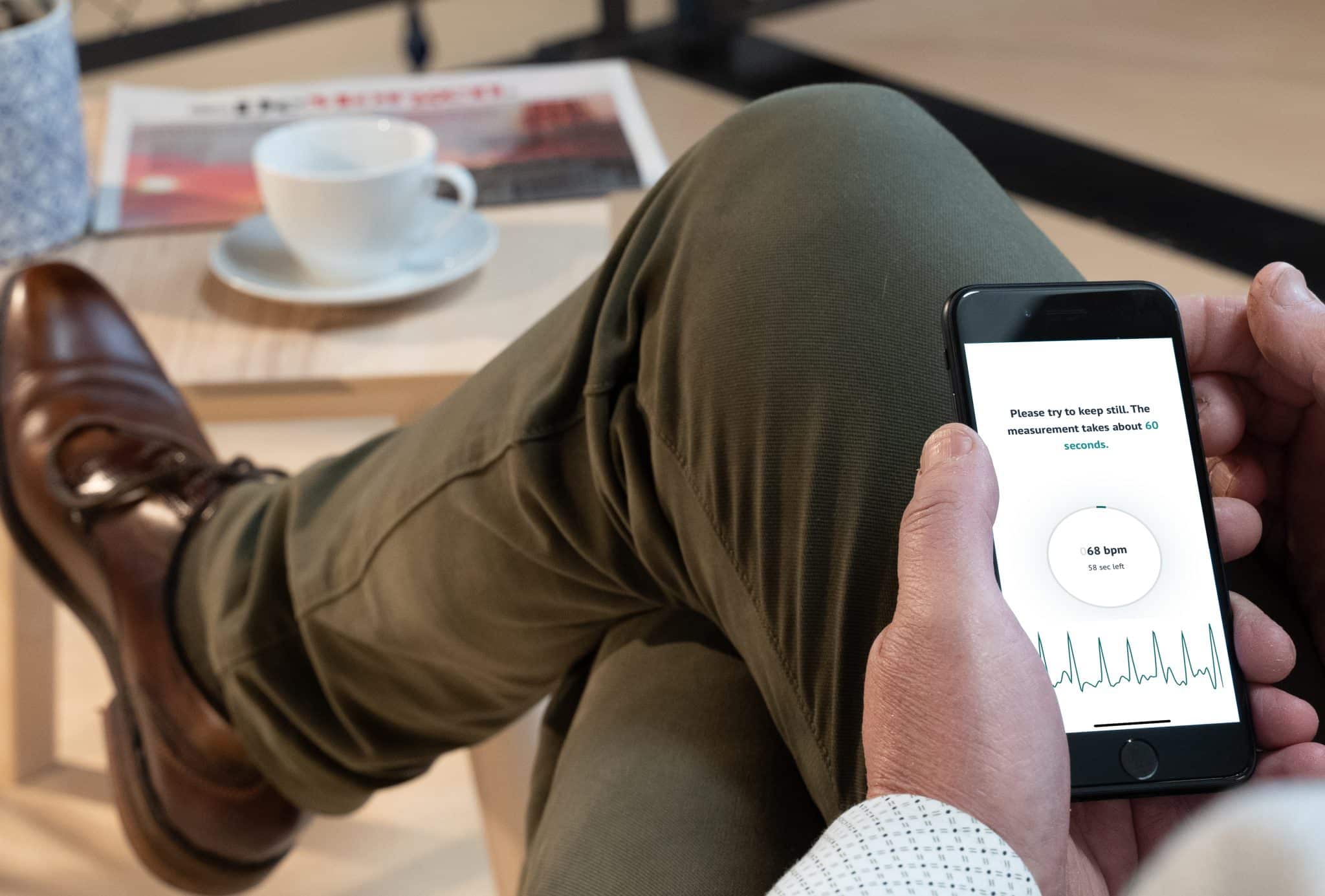Exercise is a great way of lowering your risk of cardiovascular disease. Especially moderate exercise such as walking or biking can be beneficial for the entire body, especially for the heart and blood vessels. Studies even suggest that inactive people are nearly twice as likely to develop heart disease as those who are physically active. In this article, we’ll explain why walking can improve your cardiovascular health and how many steps you actually need to walk daily.
Why is walking good for the heart?
Physical activity can have a lot of benefits for the heart. The activity itself can strengthen your heart muscle, which improves its ability to pump blood throughout your body. This improves the circulation and oxygen levels in your blood. Better circulation allows the bloodstream to bring nutrients to the tissues that need it, and to carry waste products out of the body.
Besides that, physical activity can also help reduce important risk factors of heart disease. Physical activity can help:
- lower blood pressure
- reduce the risk of being overweight
- manage your blood sugar and insulin levels, which lowers your risk for type 2 diabetes
- reduce your level of C-reactive protein in your body, which is linked to inflammation
- reduce your stress levels
When is it time to take action?
Everyone should participate in mild exercise regularly to stay healthy. There are however some situations in which you should pay more attention to your fitness level. This is the case when:
- You’re obese or overweight
- You are under a lot of stress
- You have a sedentary lifestyle. This means that you spend most of your time sitting or laying down.
- You feel out of breath easily whenever you do the slightest bit of exercise or when you walk up a flight of stairs.
How many steps should I take each day?
Most studies recommend an average of 10.000 steps per day, although a recent big study by Banach et.al. concluded that the risk of premature death already reduces after taking 2.337 steps per day. The study also concluded that the more steps you take, the more health benefits you’re getting. Banach et.al. suggests that with each 500 additional steps your chances of heart disease decrease by 7%, while 1000 additional steps lower your chances of premature death by 15%.
Tips that can help you reach your goals
Pick a form of exercise that you like
Physical activity can consist of any form of movement that works your muscles and that makes you use energy. Some examples are walking, running, dancing, swimming, biking and gardening. Picking a form of exercise that you like can help you accomplish your goals of living a healthy, active life long-term.
Walk or bike instead of taking the car
An easy way to get more exercise is by walking or biking to your destination instead of taking the car or public transport. Taking the stairs instead of an elevator also allows you to get in a bit of additional exercise.
Start slowly
When you’re first starting out on your journey to better heart health, it’s important not to overdo it. Keep in mind that it takes time to build habits, and that starting off slowly will leave you with less chances of sustaining injuries. It’s even better to exercise frequently for smaller amounts of time, than it is to exercise for a longer period of time between long periods of inactivity.
Some physical activity is better than none
It’s always better to do some physical activity than to do nothing at all. However, the more exercise you do, the higher the health benefits are.
Let’s get started!
It’s a great idea to start enjoying the health benefits of regular exercise. However, if you are worried about your heart health, or if you are aware that you have a heart condition, then it’s always best to ask your doctor for guidance about which exercises are safe for you to do. With FibriCheck, you can measure your heart rate and heart rhythm regularly, so that you can keep tabs on your heart health.
We recommend taking your FibriCheck measurements when you are relaxed, so not immediately after you exercise, unless you experience symptoms.
References
https://www.heart.org/en/news/2022/04/06/walking-your-way-to-better-health-remember-the-acronym-fit
https://www.nhlbi.nih.gov/health/heart/physical-activity/benefits
https://www.ucsfhealth.org/education/heart-health-benefits-of-physical-activity
https://academic.oup.com/eurjpc/advance-article/doi/10.1093/eurjpc/zwad229/7226309
Created on July 3rd, 2020 at 12:20 pm
Last updated on November 7th, 2023 at 05:14 pm



